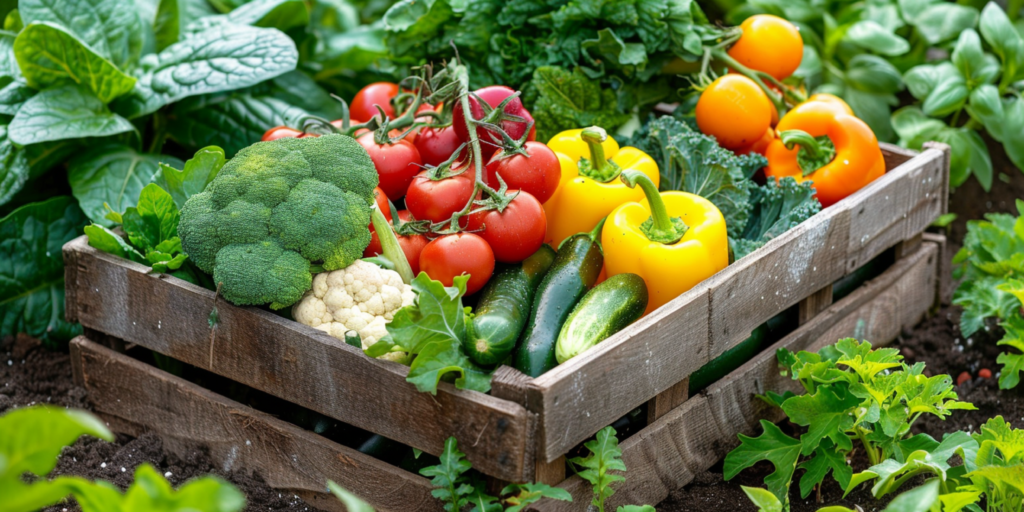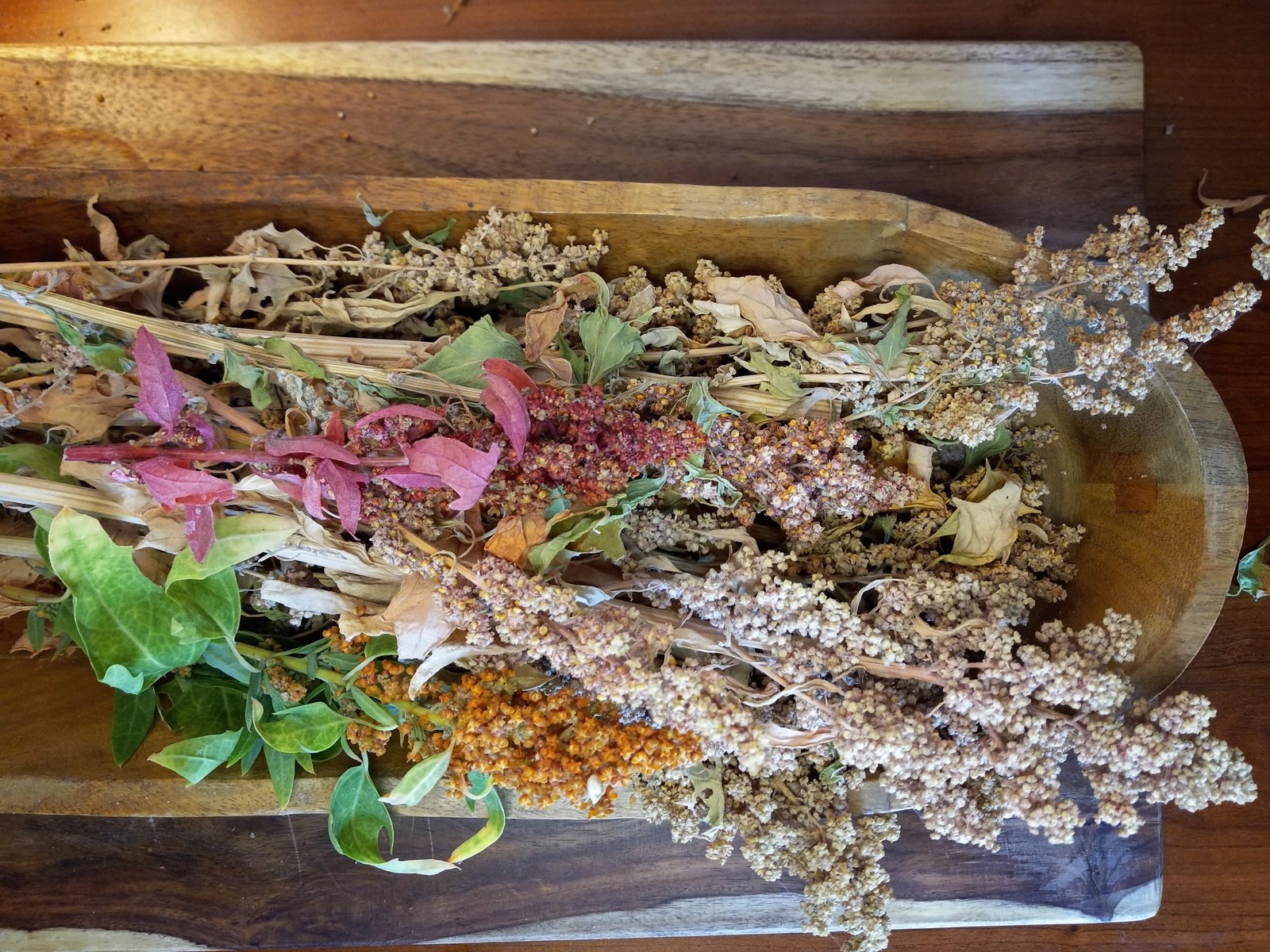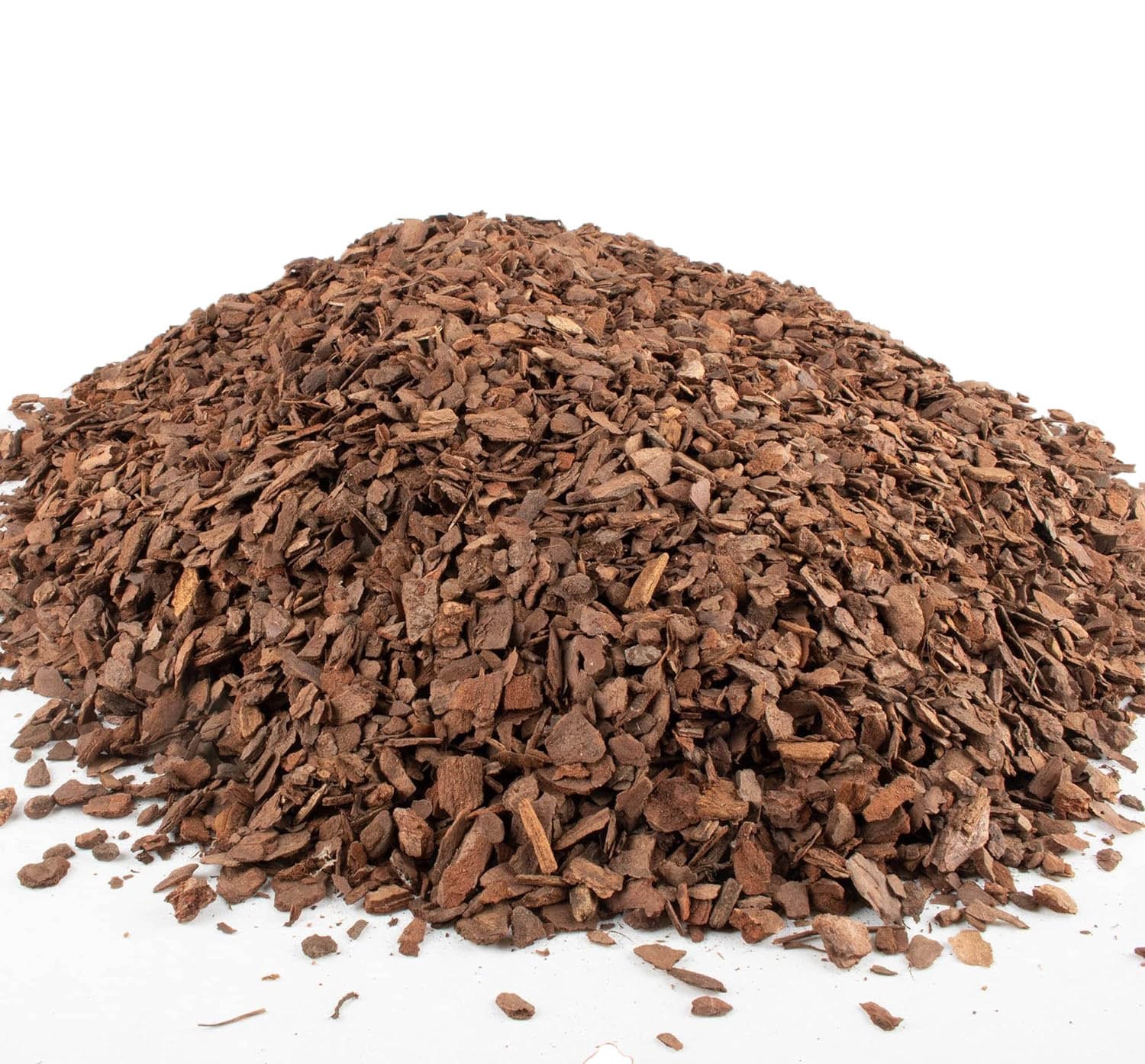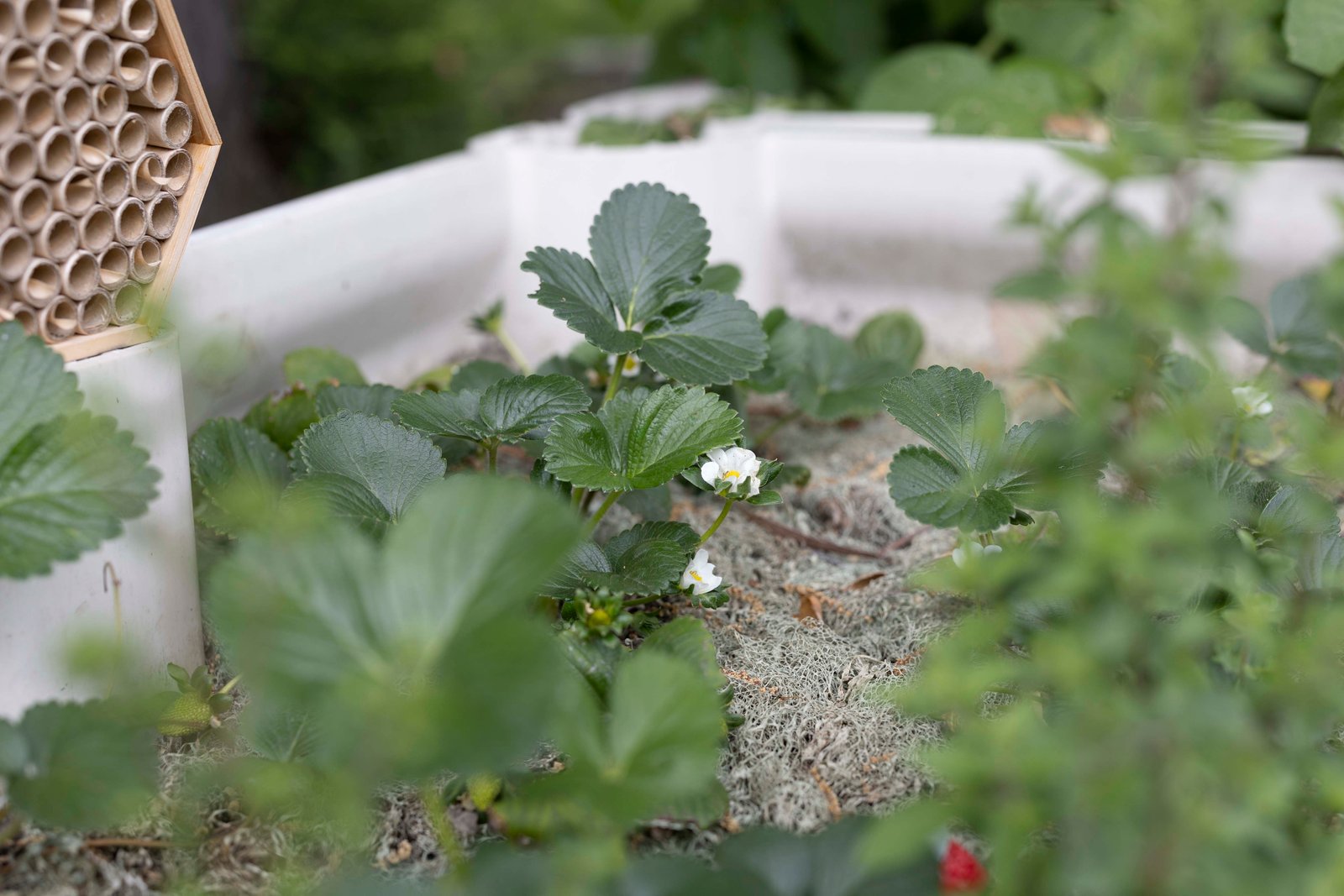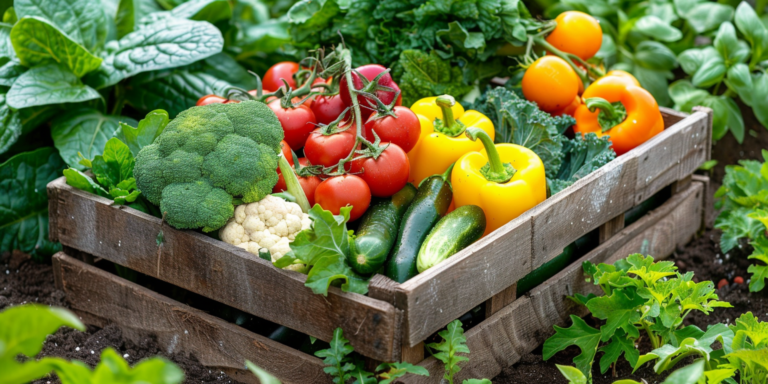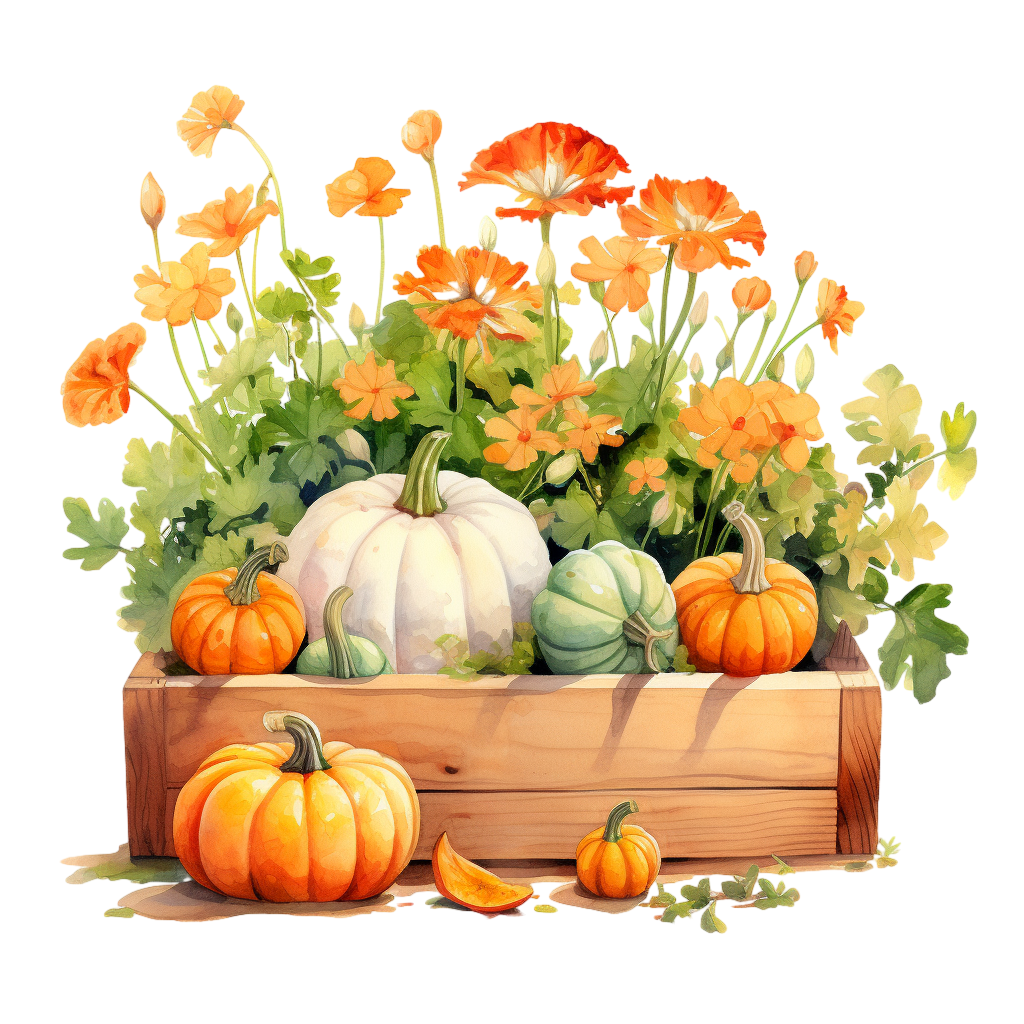Preparing your Soil
When it comes to gardening, there’s nothing more important than preparing your soil. Unfortunately, ordering a load of compost is not enough. Bags of potting soil aren’t the best option either, for many reasons. This post is all about knowing your soil and making it the very best it can possibly be.
What soil to use
With so many options for what soil to use, it can be difficult to know what’s right. There are several options that will work. The first one is the cheapest. Simply use the dirt on your property. You’ll likely need to add a bit to it, but it will save you from needing to bring dirt in.
The second option is to get soil in bulk from a supply yard. Most places that sell gravel will also have soil mixes. You’ll want to get something called “3 mix” to get the best soil composition. It consists of sand, compost and dirt, which is typically considered the perfect combination for a vegetable garden.
Another option is to buy bags of soil from a box store. This is the least economical option, but if you only have a small car and no access to soil delivery, hauling bags of soil might be your best option.
No matter which soil option you choose, you’ll likely need to make some adjustments, so don’t worry about getting it perfect with the soil you choose.
What does Garden Soil Need?
Most plants you’ll grow in your garden need a balance of nitrogen, phosphorus and potassium. There are other minerals that they need, but these are the 3 main ones that you need to provide. When looking at the numbers on most fertilizers, you’ll see 3 numbers separated by a dash between each of them. The numbers represent the percentage of each specific element found within a fertilizer formula. So, a fertilizer that contains 5-10-10 means it has 5 percent nitrogen, 10 percent phosphorus, and 10 percent potassium.
Both organic fertilizers and non-organic fertilizers will display these numbers and what you choose will be determined by the needs of your soil.
How to know what your soil needs
The only way to really know what your soil needs is to have it tested. Thankfully, it’s easy to do and not expensive. Simply Soil Testing will test your soil and have the results to you within a week. Plus, it’s super easy to send in your soil sample!
To test your soil with Simply Soil Testing, you need to go to their website and print out the order form. Then, you’ll take a small amount of soil from 5 spots in your garden area and mix them together. This will give a general sample of the entire area. Then, add 1 cup of the soil to a bag and mail it to the address on the order form.
About a week later, you’ll receive an email showing exactly what your soil contains as well as recommendations for amendments. You’ll also learn what your soil’s PH level is. Based on what you want to grow, Simply Soil Testing will also tell you how to adjust your soil’s PH for optimal garden health.
When I tested my soil, I found that we had high levels of potassium and phosphorus, but almost no nitrogen. No wonder I couldn’t grow anything! So I added a pure nitrogen fertilizer (blood meal) and my garden has thrived with regular fertilizing.
At Home Kits
Several at home soil-testing kits are available. I don’t recommend these. The companies that test your soil are really good at it.
These companies know how to avoid mistakes and they know the best methods for testing the soil. When trying things at home, it can seem like we’re doing everything right, but I like to say “you don’t know what you don’t know.”
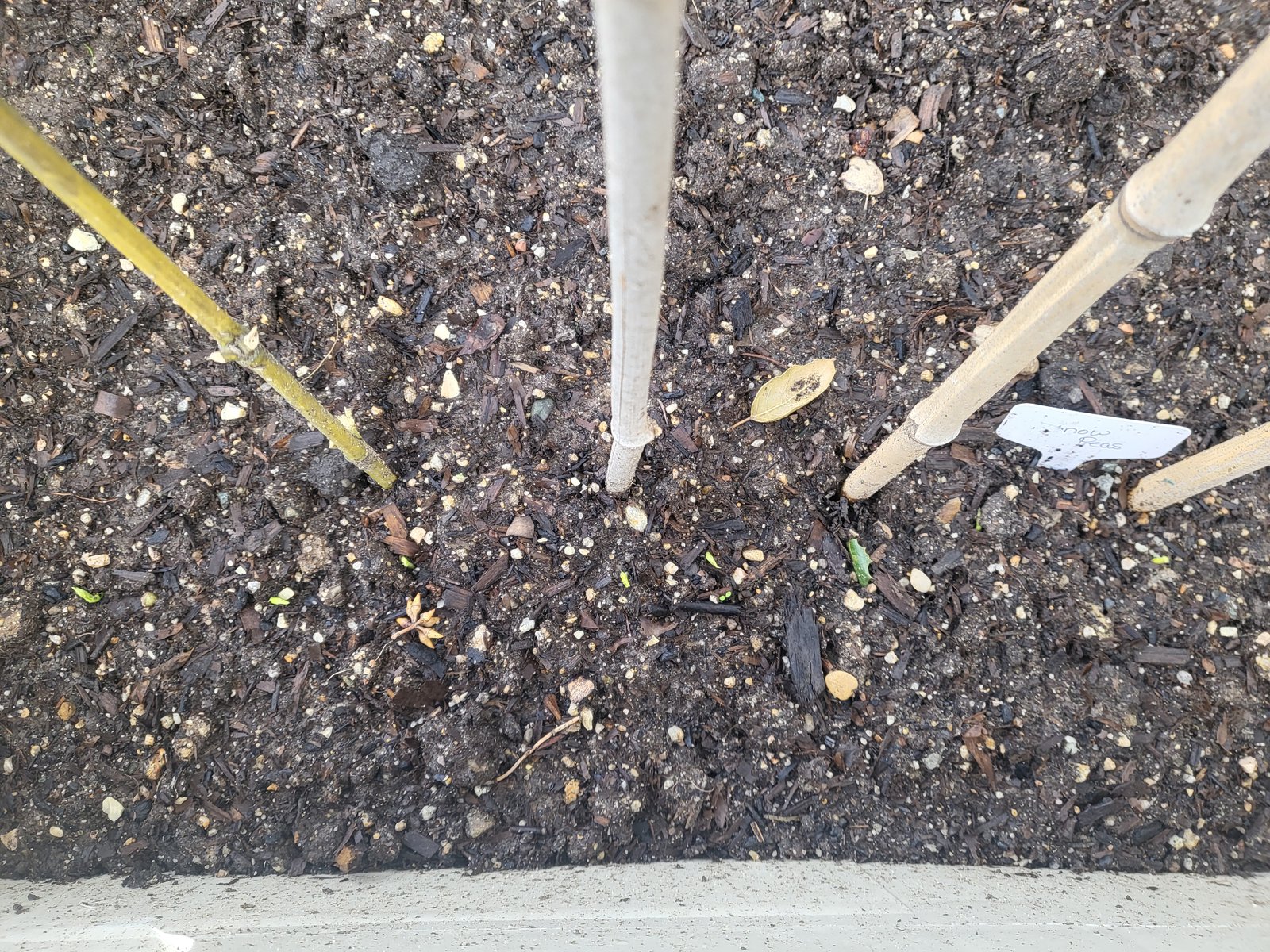
Tilling the Soil
Tilling the soil simply means breaking it up so it’s not so hard and compact. This makes it easier for your plants to grow because they don’t have to use so much energy pushing through the soil. If you’re planting your garden directly in the ground, you definitely want to till the ground. If you’re adding amendments to the soil like nitrogen or another fertilizer, spread it on the ground before tilling. Then, when you till the soil, you’ll mix in all those great nutrients, giving your garden a head start.
Tilling your raised beds isn’t always needed. In fact, I have a no-till garden by rotating my crops. Root crops will help loosen the soil, making it easier for other crops to follow for the next planting. If you need to till your raised beds, it will be easier to use hand tools than to hoist a roto-tiller into the garden beds. Tillers might damage your raised beds, so I would recommend tilling by hand.
Preparing your soil…
is super important to the success of your garden and you don’t want to skip doing it. It’s worth waiting a week to get your soil testing done and making sure your plants have the best start possible.
